|
One of the most striking “newer era” monuments in Mount Olivet is located in Area AA on Lot 150. So I'm not a student of architecture, but I would classify it being in the category of Art Deco. The characteristics of this style should “reflect admiration for the modernity of the machine and for the design qualities of machine-made objects involving relative simplicity, planarity, symmetry, and unvaried repetition of elements.” One of the defining examples of Art Deco can be found in New York's most famous building, the one King Kong apparently climbed. The style is demonstrated both inside and out and the monument in question makes me think of the famed Manhattan landmark each and every time I pass by it. This is the Hett/Reifsnider Monument, likely erected around 1937/1938 and a distinguished member of our 2022 inductee class of our Mount Olivet Monument Hall of Fame. The family names are as unique as much as they are German. But there is something additionally interesting here in respect to the nine footstones that span out in two orderly rows in front of the tall, 14-foot, central marker boasting both surnames. The Hetts markers all carry some unique personal affiliations “in the margin,” if you will. Both the large family monument and the row of individual Hett family footstones in front of it are book-ended by bushes. In the center is Clarence Henry Hett (1879-1937). To the immediate right is Clarence’s wife of 33 years, Naomi A. (Reifsnider) Hett (1882-1957), and to Clarence’s left the couple’s only child, Naomi Lucille (Hett) Passmore (1908-1951). Let’s take a closer look at these individual footstone markers, shall we? Naomi Passmore’s stone naturally included the obvious vital dates and name of her husband who is buried in her lifelong home of Philadelphia. I immediately did the math in my head and found that she had outlived her father by 14 years, however she predeceased her mother. Mrs. Passmore’s marker includes the fact that she was a member of the “Magna Charta Dames.” This is an approved lineage organization in the Hereditary Society Community of the United States of America. Now what was that Magna Carta again, as it’s been a long time since learning about it in junior high history class. Plus it’s been a long time since there was such a thing as junior high—since the evolution of middle schools in the early 1980s, at least here in Frederick. The Magna Carta (“Great Charter”) is a document guaranteeing English political liberties that was drafted at Runnymede, a meadow by the River Thames, and signed by King John on June 15th, 1215, under pressure from his rebellious barons. As the first document to put into writing the principle that the king and his government were not above the law, it sought to prevent the king from exploiting his power, and placed limits of royal authority by establishing law as a power in itself. The Baronial Order of Magna Charta ("BOMC"), of which Naomi (Hett) Passmore found herself a member, is a scholarly, charitable, and lineage society founded in 1898.The BOMC was originally named the Baronial Order of Runnemede, but the name was subsequently changed to better reflect the organization's purposes relating to the Magna Charta and the promulgation of "freedom of man under the rule of law." The BOMC is a Pennsylvania 501(c)3 corporation with research, charitable, and educational purposes. Among other things, the BOMC, and the related Magna Charta Research Foundation, seek to "encourage the study and practice of the Magna Charta, within its historical context, and the evolution of its meaning as represented in the concepts of self-determination and the rule of law." Towards this end, the BOMC preserves documents and literature relating to the Magna Charta, sponsors scholarships and educational programs, and works with the Magna Charta Trust in the United Kingdom in furtherance of that organization's preservationist and educational goals. In finding Mrs. Passmore’s obituary in a local paper in 1951, there was surprisingly no mention of her affiliation with this group, however her obit does claim her membership in the Daughters of the American Revolution and the French Hueguenot Society. Go figure.  Next up is Naomi’s mother of the same name. The former Miss Naomi Alberta Reifsnider has a footstone that lists her connection with the aforementioned Magna Charta Dames, but also another group of “dames”—those of the Colonial variety. If that wasn’t enough, there is just enough room at the bottom to advertise her belonging to the “Court of Honor of America 1607-1776.” I think it’s safe to assume that we are dealing here with a lady of “blue blood,” and not “blue collar.” The Colonial Dames of America (CDA) is an American organization composed of women who are descended from an ancestor who lived in British America from 1607 to 1775, and was of service to the colonies by either holding public office, being in the military, or serving the Colonies in some other "eligible" way. A couple of interesting things I have recently learned about the former Mrs. Hett relate to her Reifsnider family here in Frederick, a prominent early mill on Carroll Creek, and a second marriage that would not last long. Naomi is buried within a few yards of her parents, Samuel David Reifsnider (1855-1921) and wife Sarah Alberta (Hollinger) Reifsnider (1854-1926). Two of her brothers are also here: Nelson Hollinger Reifsnider (1880-1958) with wife Nena Caroline (Knott) Reifsnider (1880-1947) and Robert Raymond Reifsnider (1886-1966) with wife Clytie Almeda (Baker) Reifsnider (1890-1961). Another sister, Edna Lucille (Reifsnider) Duvall and her husband Carl Duvall, are buried in Area GG, while two siblings who died as infants (Rea Halbold Reifsnider in 1888 and Samuel Miller Reifsnider in 1894) are buried in Area R. Samuel Reifsnider was a miller, who owned and operated Glissans Mill from 1877 to 1880, and Carroll Creek Mills, later known as Reifsniders Mill, from 1893-1913. The latter, originally built by Frederick’s founder Daniel Dulany about 1746, was later owned by Col. Edward Schley and most recently the Umberger family. The exact location is on the legendary S-curved portion of Gas House Pike near the current Frederick City Wastewater Treatment Plant at the mouth of Carroll Creek and the Monocacy River. The mill was flooded badly in August 1911, and struck by lightning and burned in July of 1912. 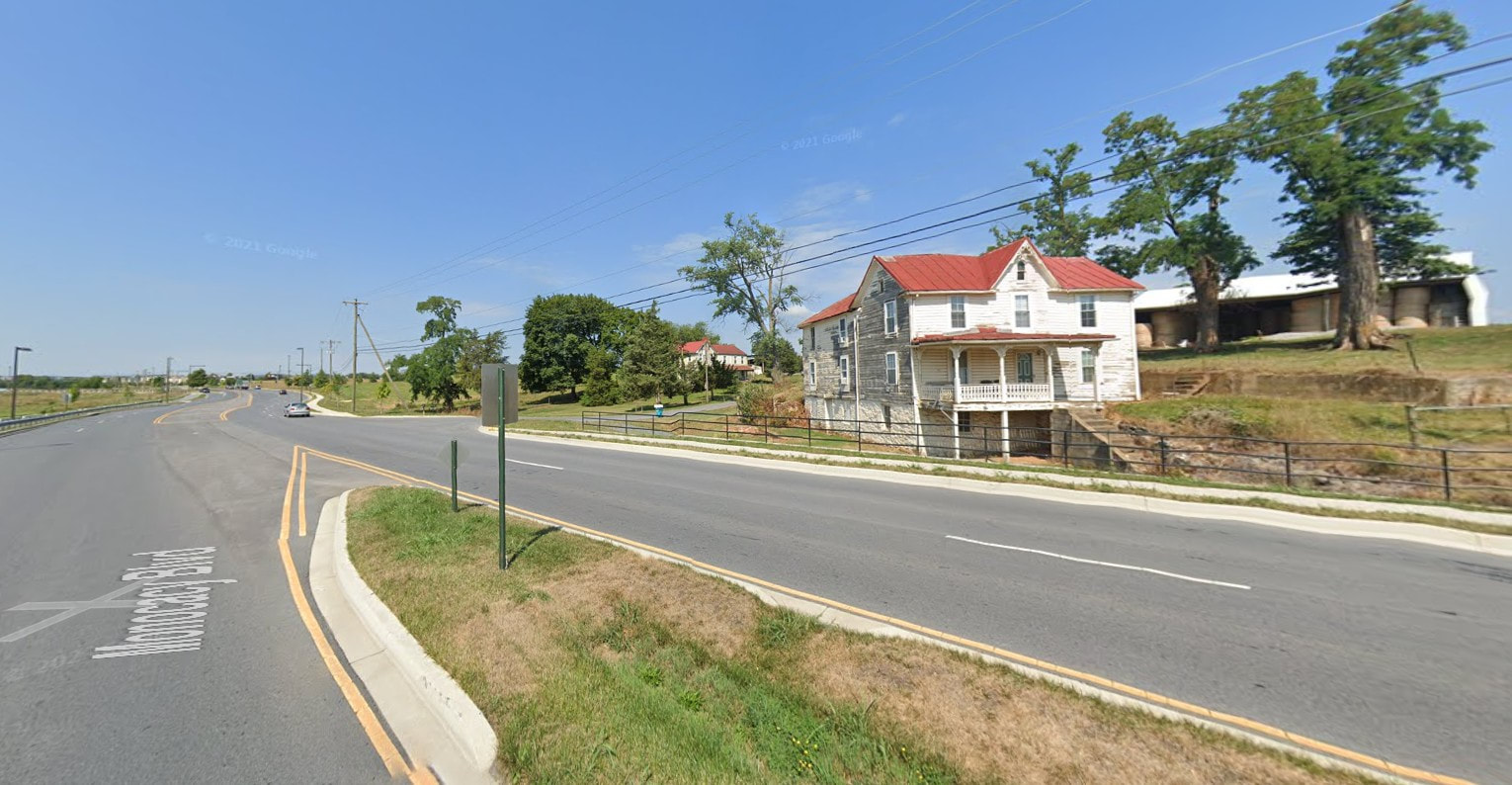 Looking west on Gas House Pike with much road reconstruction over the last few years with the Monocacy Boulevard project. The house on the right is part of the George Umberger Farm and represents the rebuild of the fire-damaged former Reifsnider home. The mill appears as if it stood where now the eastbound lanes exists today. Naomi’s father sold the family-owned mill and her adjacent childhood home between 1913-1914, and moved into Frederick City, buying a house at 236 Dill Avenue. The house associated with the mill is known as the George Umberger house in Maryland Historic Trust (MHT) documents found online, and of late the vicinity has seen a tremendous amount of development. Brother Nelson Reifsnider operated a feed and grain warehouse on North Bentz Street and lived at 608 Trail Avenue. Robert Reifsnider was a mechanic for the Baltimore Police Department, but retired in the Frederick area. Naomi had graduated from Frederick's Girls' High School in 1901 and married Clarence Henry Hett in 1903. She took up residence with her new husband in Philadelphia where Clarence performed accounting for a lumber yard. He would soon be needed by the James Strong lumber yard in Bristol, Tennessee and the couple would move and reside there until 1909. They would return to Philadelphia. Naomi would outlive her husband, and would live in Gettysburg at the Gettysburg Hotel. She would remarry a widowed dentist in Gettysburg in August 1954. Unfortunately, the couple would divorce the following year. What is more astounding, however is a novel connection in death between this former couple. Naomi’s life story is told in her obituary of September 9th, 1957, which appeared on the front page (and above the fold) of the Gettysburg Times. Three columns over, this same newspaper edition also carries news of the death of Dr. G. N. Gitt—Naomi’s short-term spouse. Naomi died at 2:07pm on Sunday, September 8th, 1957, and Dr. Gitt at 3:40pm the same day. That brings us to the aforementioned husband and father, Clarence Henry Hett. Clarence’s grandfather, John Hett (1804-1886), was a native of Hesse Cassel, Germany. A weaver by trade, John Hett came to America in 1841 and found employment at Harpers Ferry as a canal worker. He eventually relocated to the Mount Zion Road area south west of Frederick and established a successful farmstead. Now before we get into his bio, I’m sure you have noticed the distinguished, yet mysterious, resume accomplishment carved in the upper margin of the footstone. It reads: “President Curled Hair Association, USA.” Is this sarcasm, or inside joke? Is there a real “Hair Club for Men,” that elects officers? I have been blessed with naturally curly hair and am humbled by occasional compliments. But I promise you, that I will not request any mention of my “follicular blessings” on my headstone. And even if I did hold a position of authority in a “hair-related” secret society, I will stick with the basic names and vitals. For goodness sake, I also just found online that March 16th is National Curly-Hair Crush Day, there's a day for everything? This discovery, etched in stone for eternity, got me thinking. A Google search did not supply any answers, as I was hoping to find an active association for curled hair. I would eventually find my answer by researching Clarence’s professional life. Our subject Clarence Henry Hett was born July 19th, 1879 to John’s son Henry and wife Mary E. (Fout) Hett. He received a public school education and was raised on various farms owned by his father. His birthplace was at Mount Philip, whence the name of a local road just east of Catoctin Mountain and west of Frederick City. The plantation was the country estate of early Frederick physician and local leader in the fight for independence from Britain, Dr. Philip Thomas. Clarence’s father was also successful in farming and trucking, but would retire from the duties of agriculture in 1892. At this time, he moved his family to Frederick City and eventually opened a grocery store with Clarence’s older brother George. The firm was named H. Hett & Son. Clarence went in another career direction, that of teaching. He began a short career at the Shookstown Public School in 1900. He would soon find himself in charge of the Buckingham School for orphaned boys (south of Buckeystown). Clarence married Naomi in 1903 and changed careers, eventually settling on one that would have a distinct relation to the early weaving trade of his grandfather. He would take up employment as a bookkeeper at a lumber yard in Philadelphia, and would spend some time in Bristol, Tennessee. He would return to the City of Brotherly Love where he would live most of his life working for a cloth mill. But this was no ordinary mill, it was a “hair-cloth” mill. Bingo! I soon learned that horsehair fabrics are woven with the tail hair from live horses and cotton or silk warps. The last remaining manufacturer, John Boyd Fabrics of Castle Cary, England, still uses the original looms and techniques from 1870. Hair cloth was widely used by top end furniture designers, and is still used for a wide range of upholstered furniture. The fabric is known for its luster and is used by contemporary designers for its luxury and durability. Horsehair cloth became popular in the 1800s due to an abundant supply from live working horses whose tails were cropped. Today, the horsehair is sourced from countries such as Mongolia who still work horses with cropped tails. The Hett family lived in northeast Philadelphia in the Frankford neighborhood where the Gordon Brothers factory was located. The couple would just have one daughter in Naomi. The unique presidential achievement listed on Clarence Hett's footstone is duly mentioned in his 1937 obituary, along with his interesting employment history and many civic and social duties and activities. He fit a great deal of things in during his shortened life of 57 years. A final search of the Curled Hair Association in old newspapers only provided me with one result, but it showed me an article from 1939 that proved that there was actually a National Association of Curled Hair Manufacturers. And with this, I believe the semantics mean that the “curled hair” was processed by manufacturers, and not that the manufacturers, themselves, possessed curled hair. I will confess that there is a very minute chance that I could be wrong on this, however. The moral of the story and takeaway I guess, lies in the fact that cemetery plots may boast a breathtaking central monument or sculpture, but be sure not to miss small clues and details captured in stone on associated markers and plaques at ground level. But then again, I may just simply be “splitting hairs” here.
0 Comments
Leave a Reply. |
STORIES
|
Archives
July 2024
June 2024
May 2024
April 2024
March 2024
February 2024
January 2024
December 2023
November 2023
September 2023
August 2023
July 2023
June 2023
May 2023
April 2023
March 2023
February 2023
January 2023
December 2022
November 2022
October 2022
September 2022
August 2022
July 2022
June 2022
May 2022
April 2022
March 2022
February 2022
January 2022
December 2021
November 2021
October 2021
September 2021
August 2021
July 2021
June 2021
May 2021
April 2021
March 2021
February 2021
January 2021
December 2020
November 2020
October 2020
September 2020
August 2020
July 2020
June 2020
May 2020
April 2020
March 2020
February 2020
January 2020
December 2019
November 2019
October 2019
September 2019
August 2019
July 2019
June 2019
May 2019
April 2019
March 2019
February 2019
January 2019
December 2018
November 2018
October 2018
September 2018
August 2018
July 2018
June 2018
May 2018
April 2018
March 2018
February 2018
January 2018
December 2017
November 2017
October 2017
September 2017
August 2017
July 2017
June 2017
May 2017
April 2017
March 2017
February 2017
January 2017
December 2016
November 2016
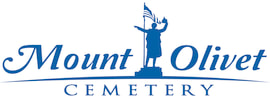
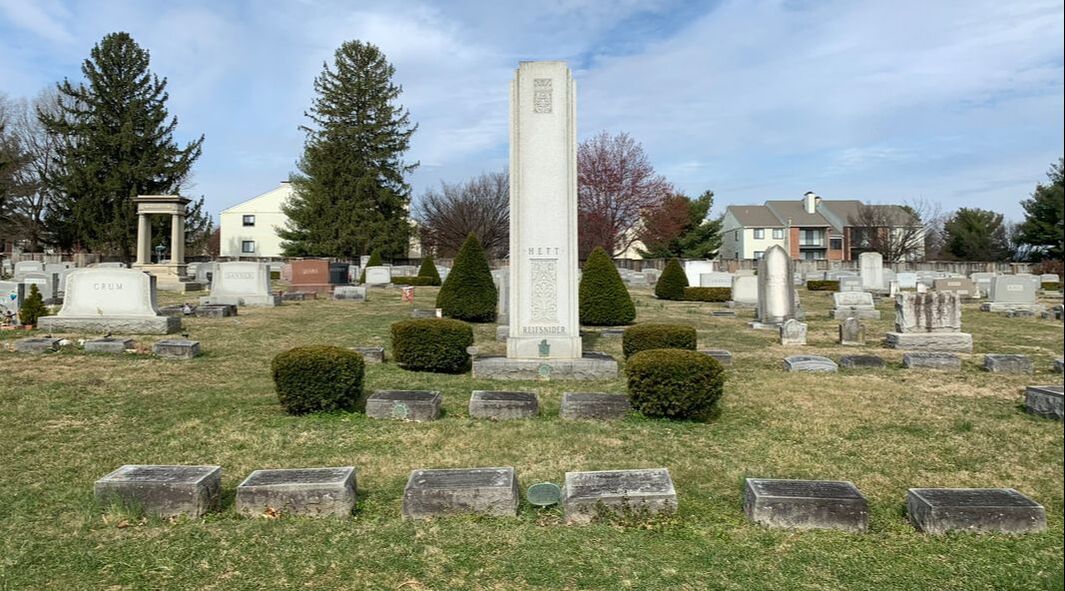



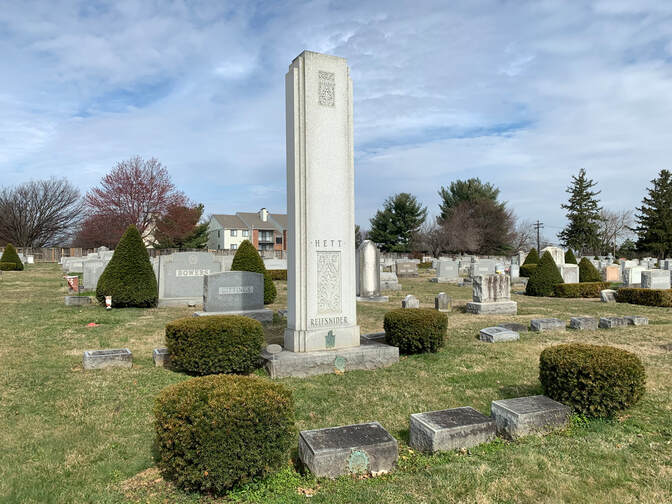
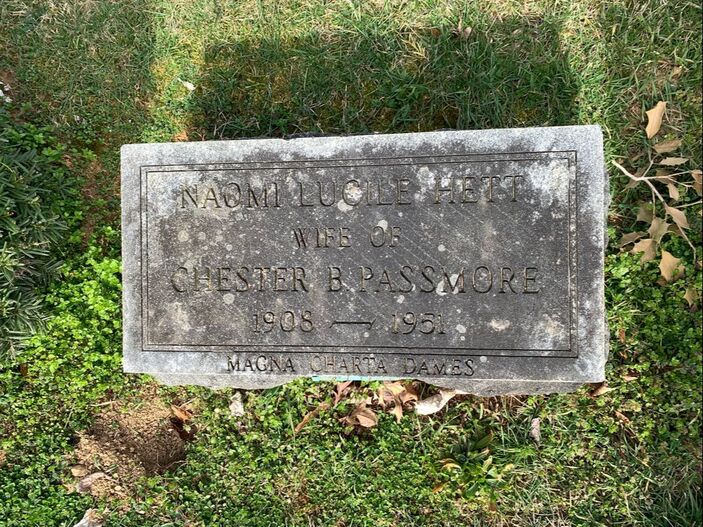
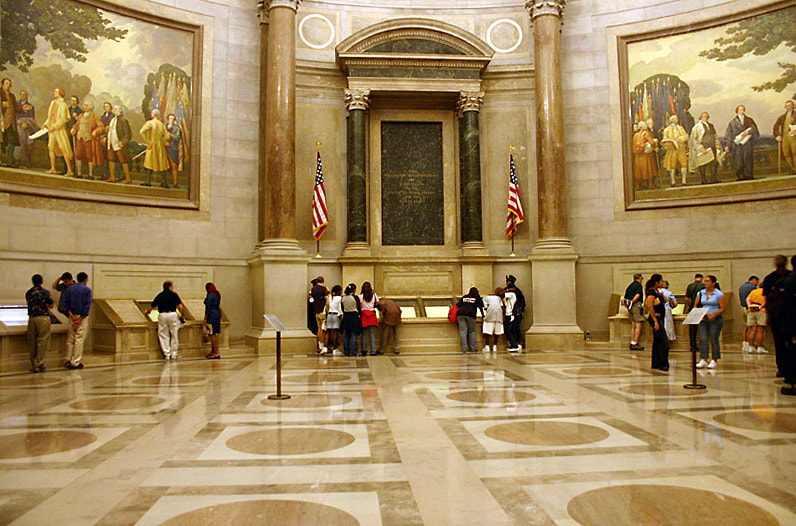
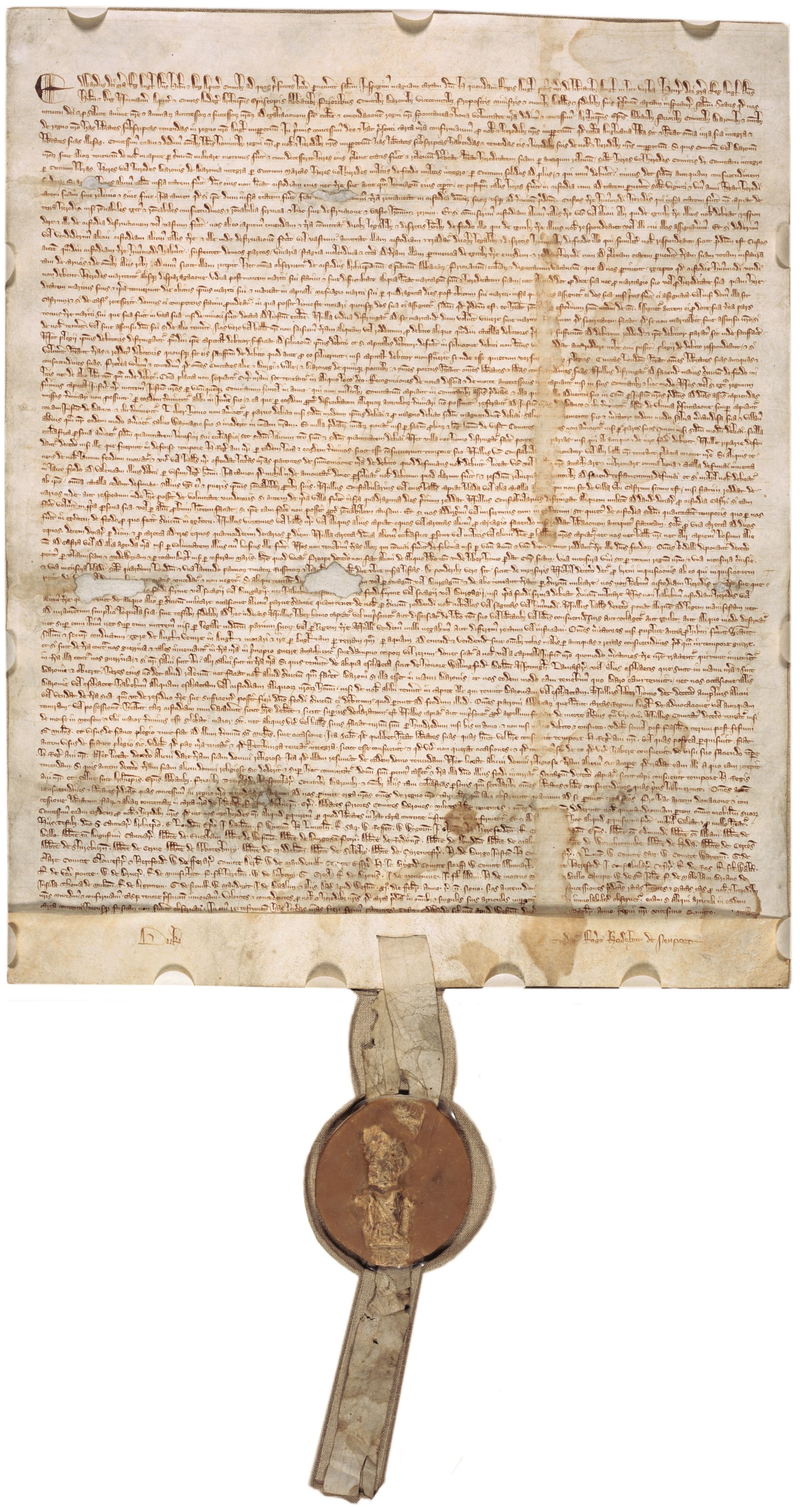
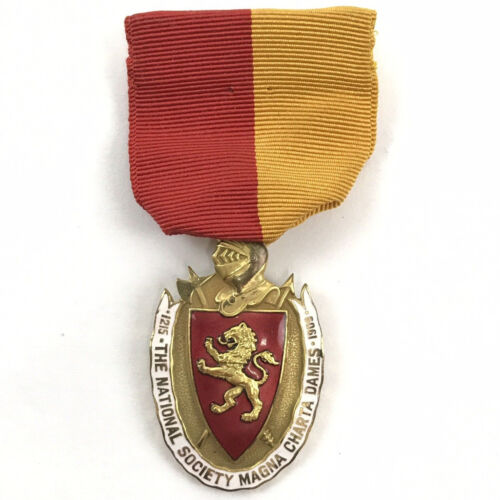
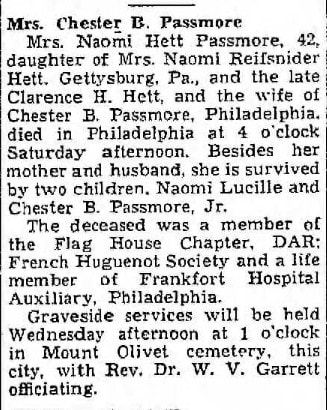
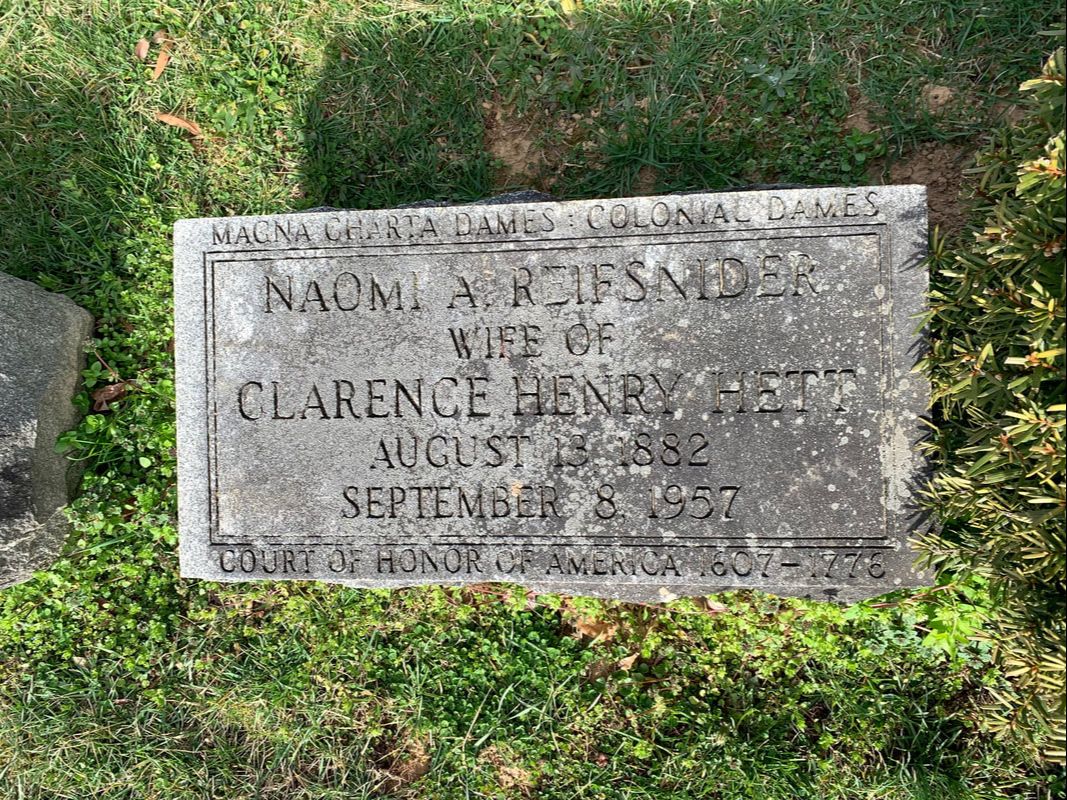
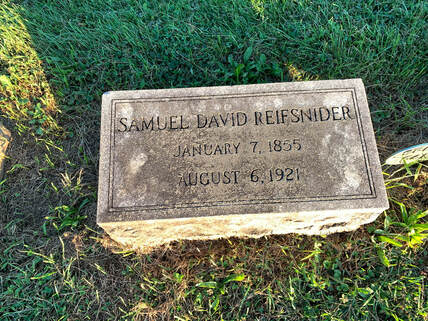
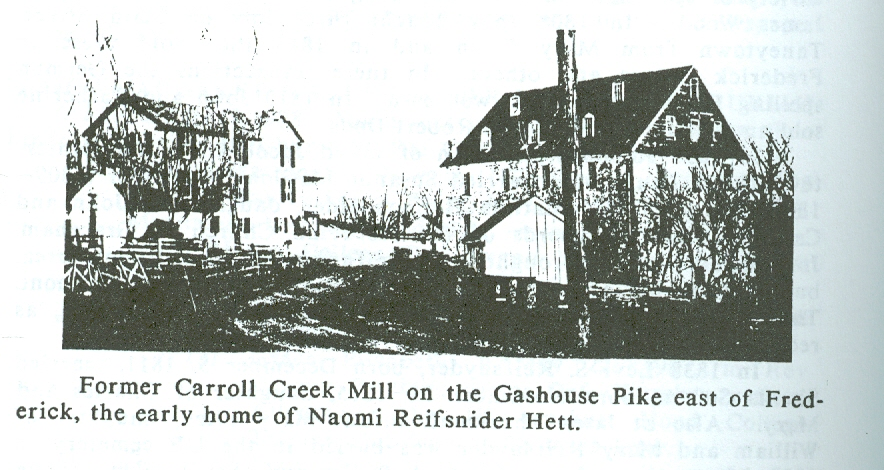
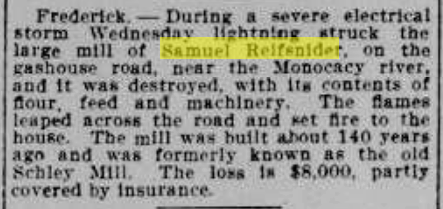
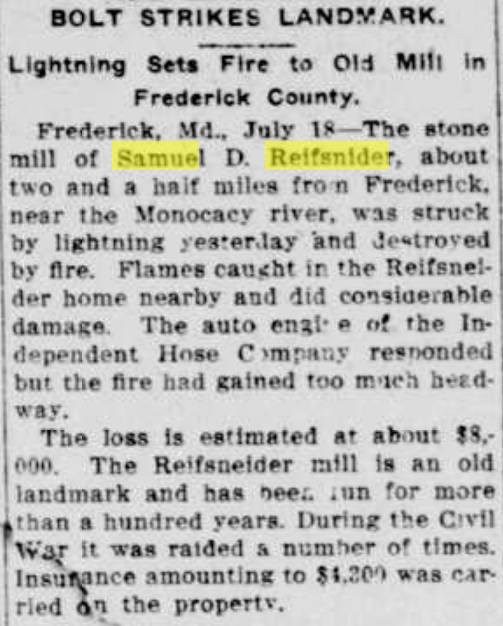
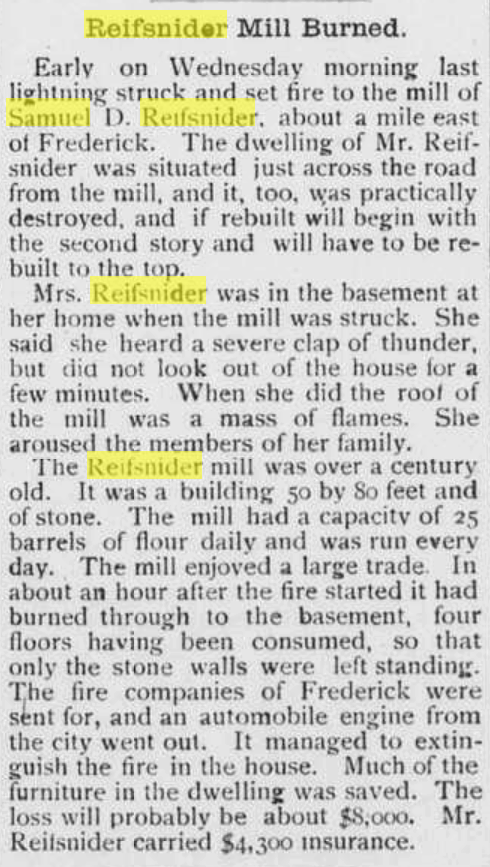
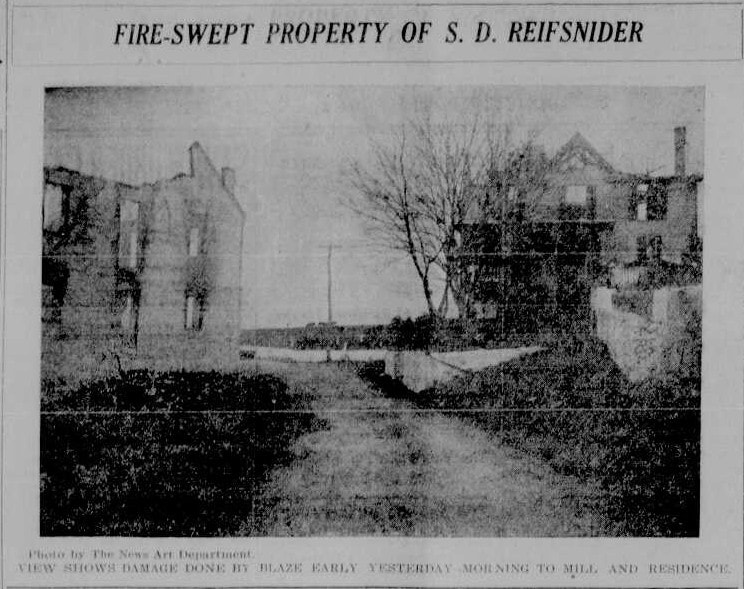
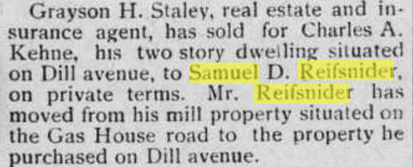
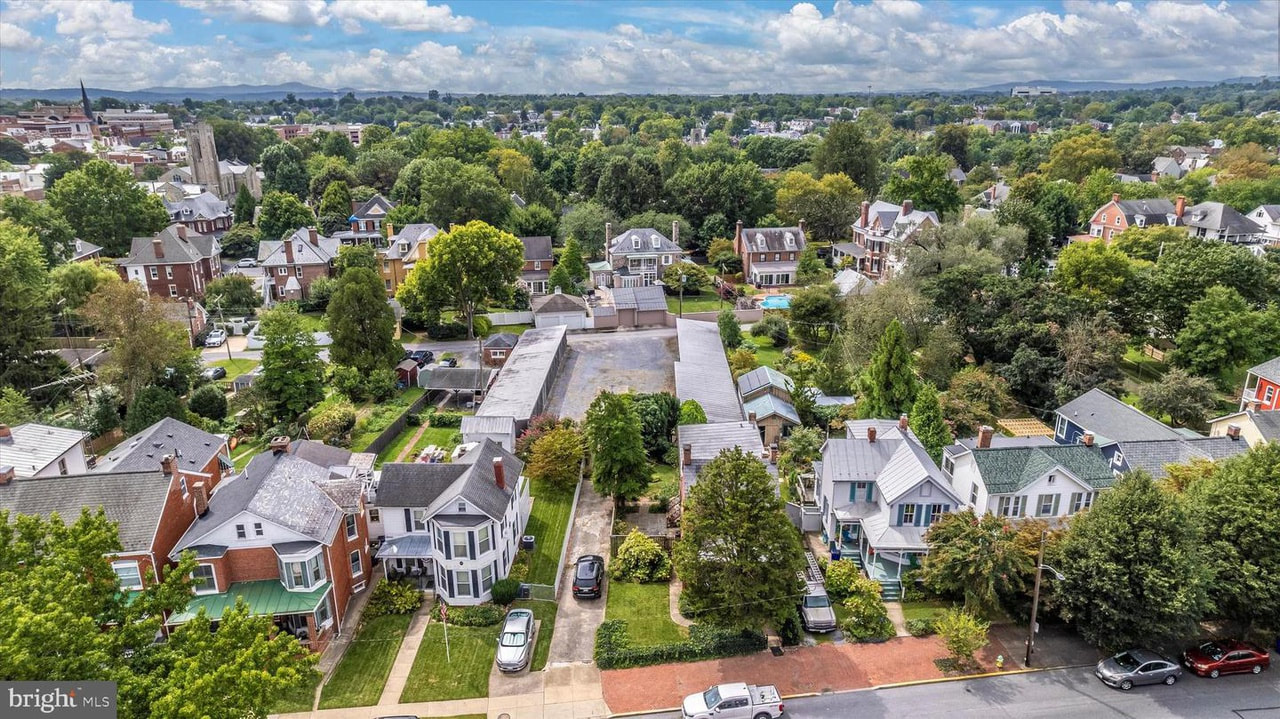
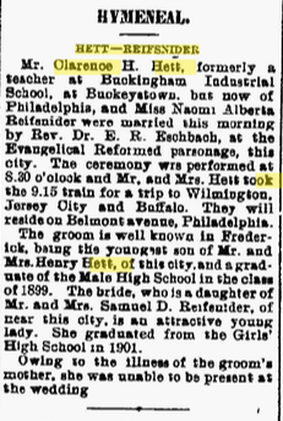

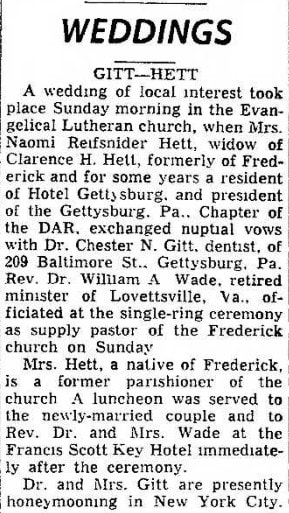

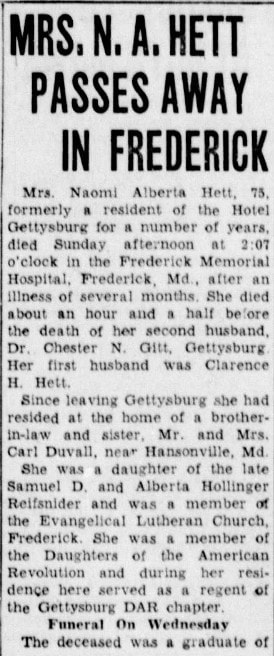
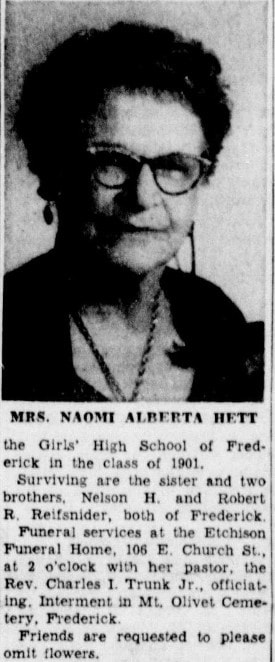
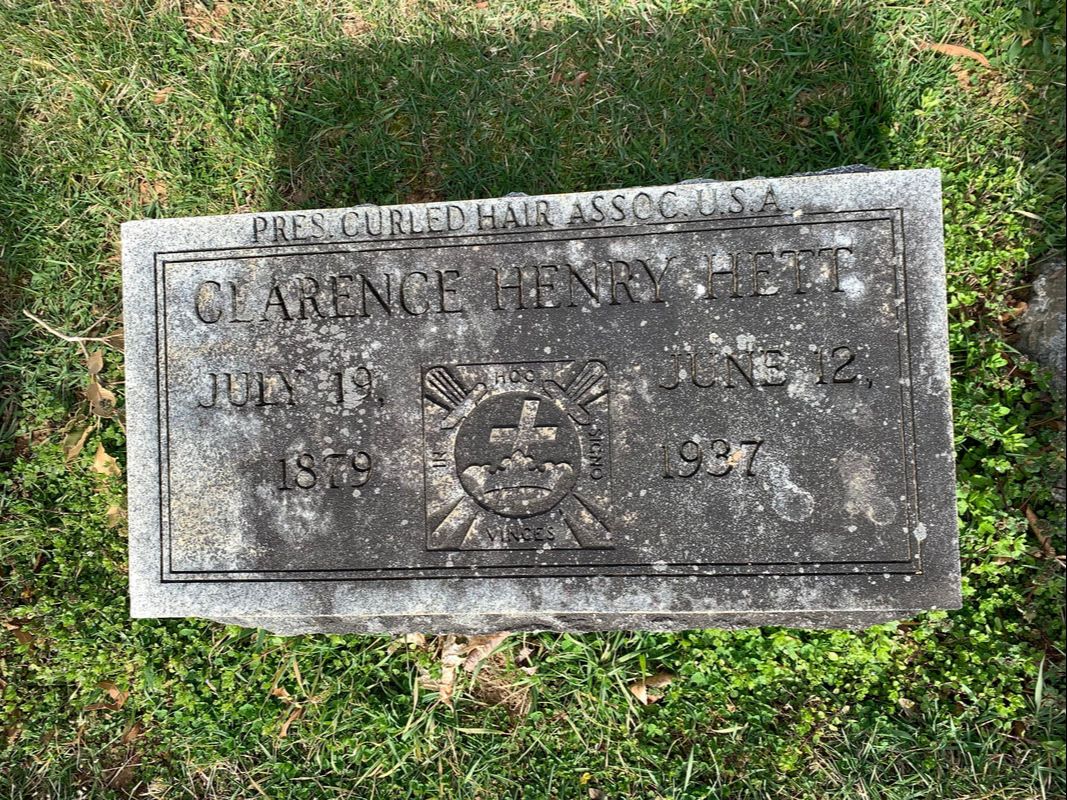
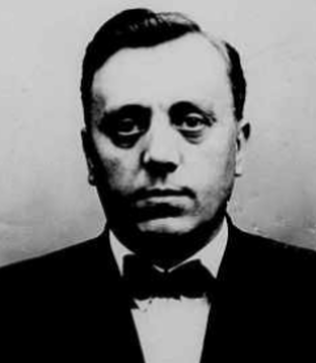


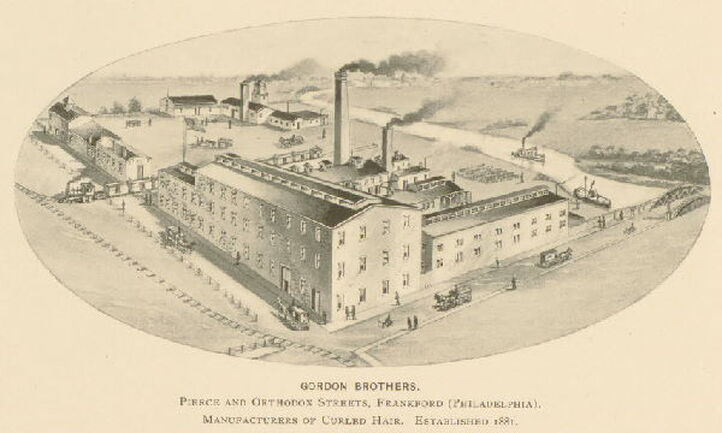

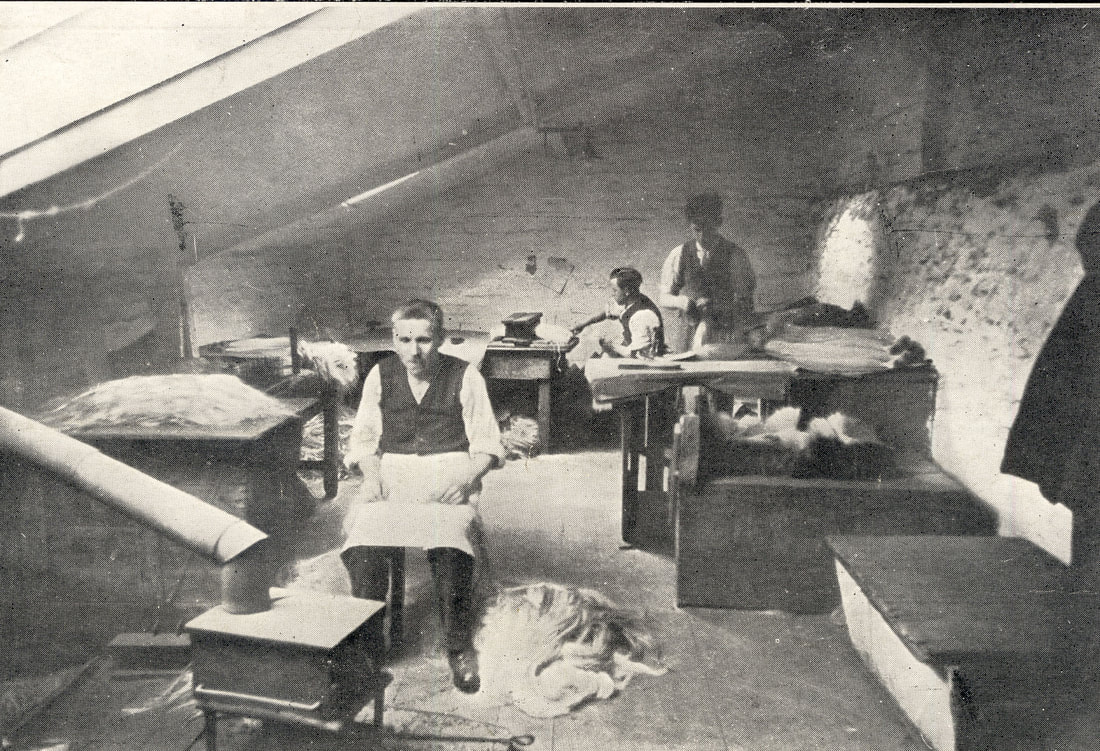
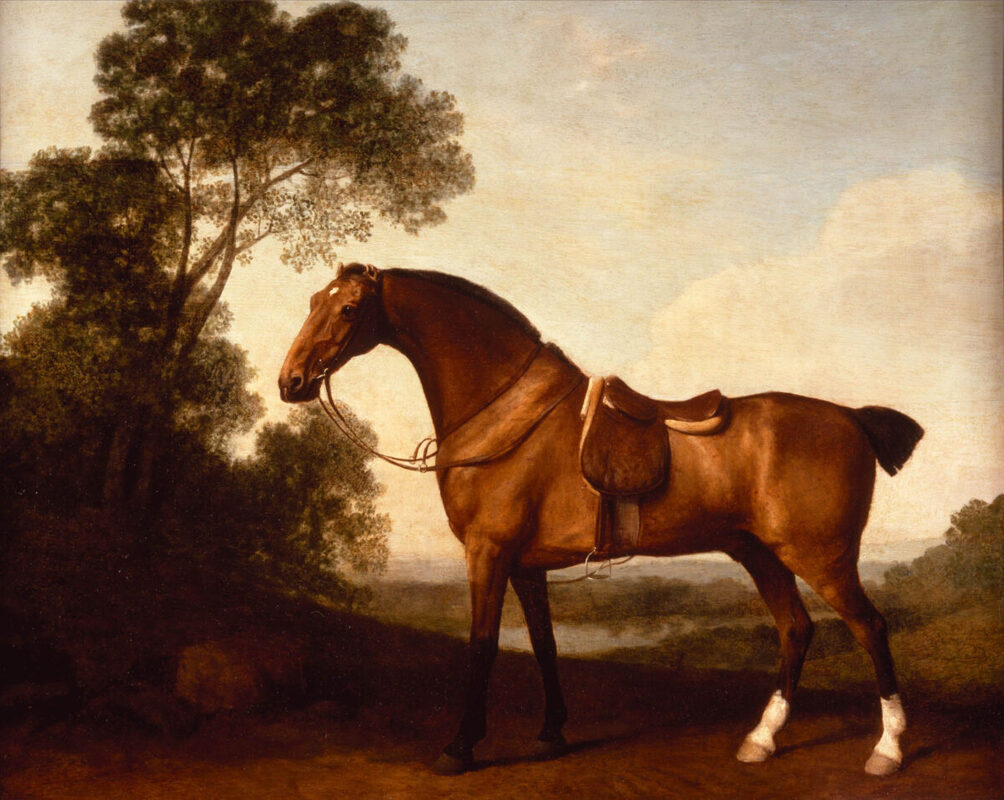
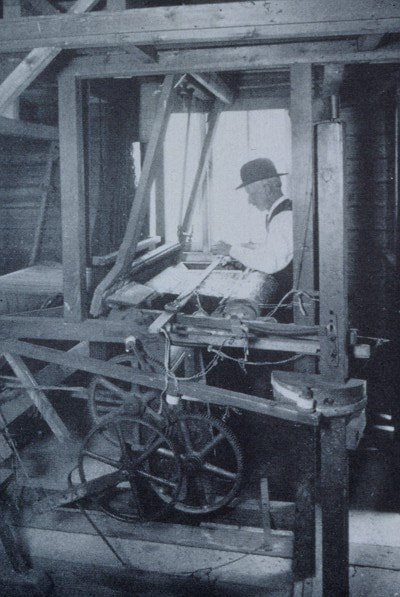
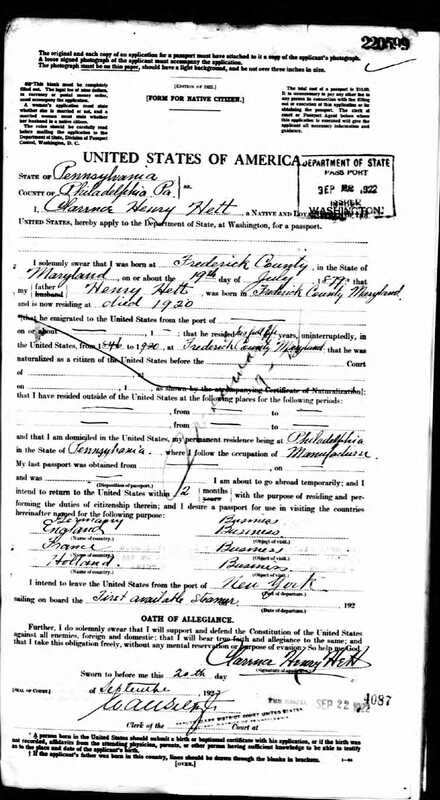
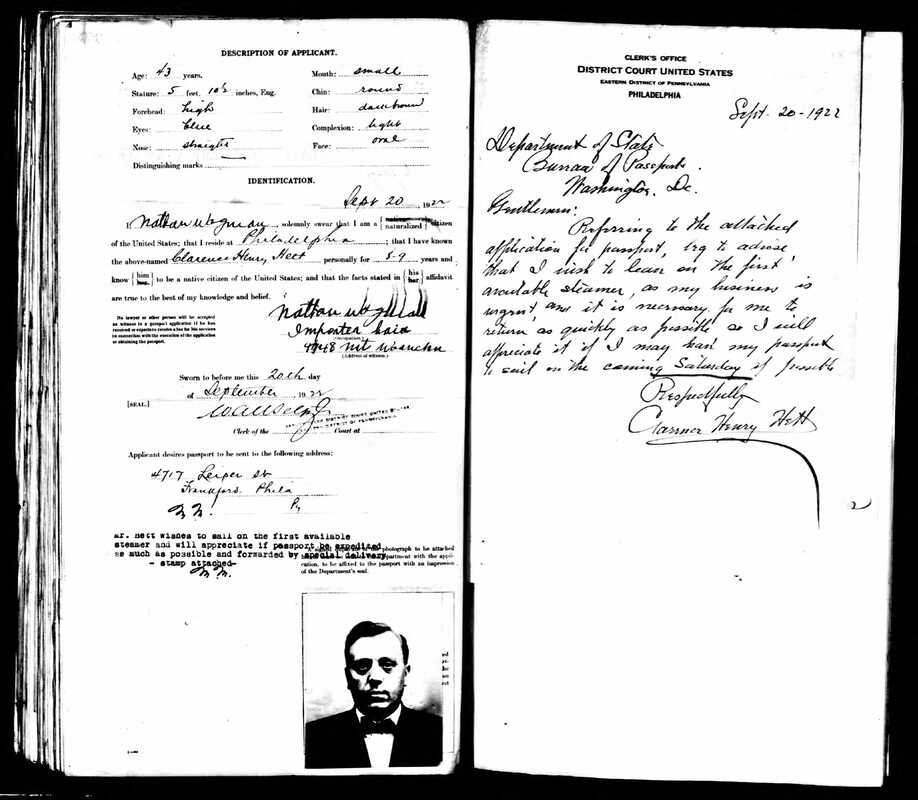

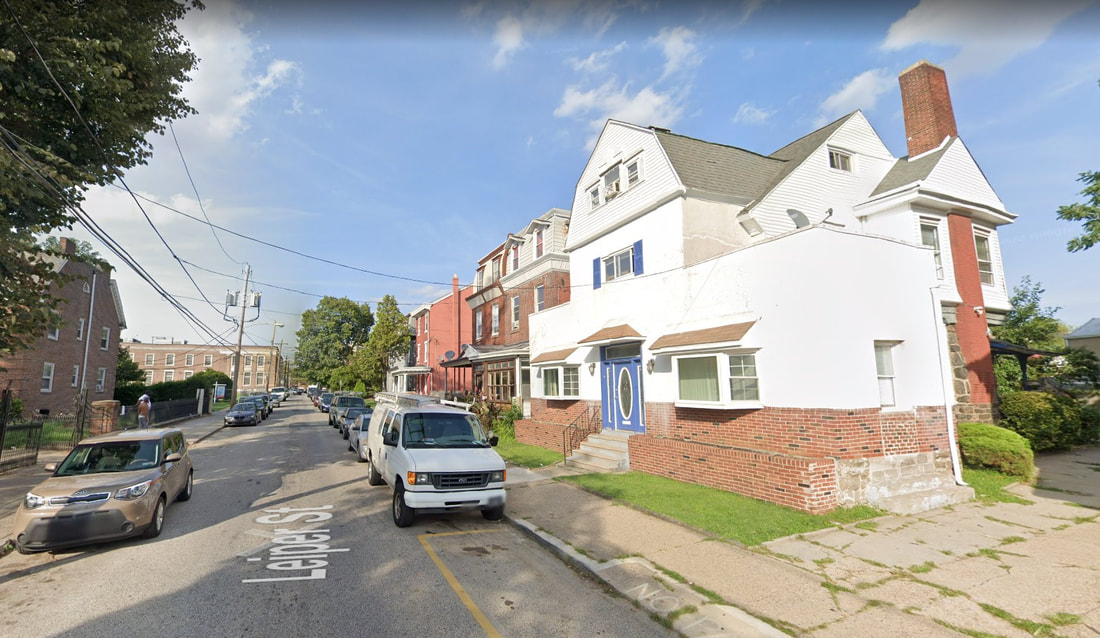
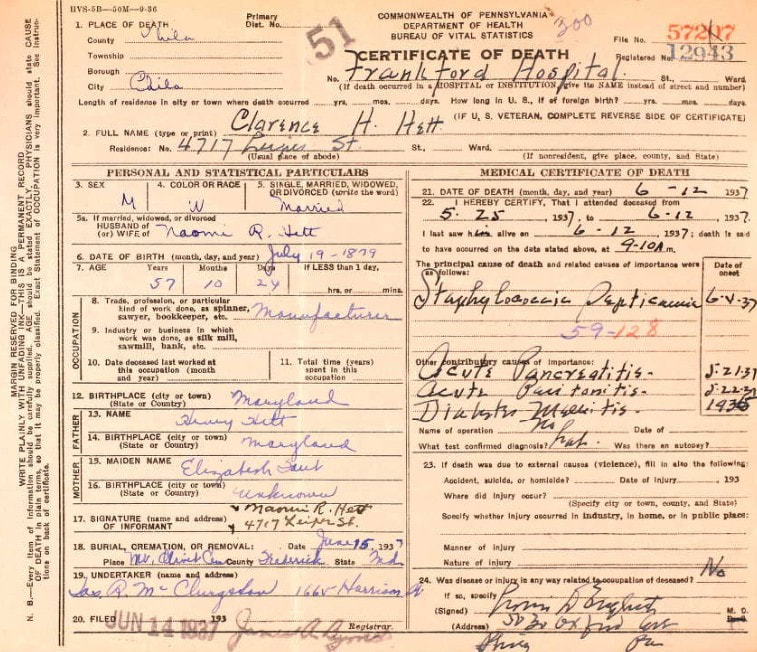


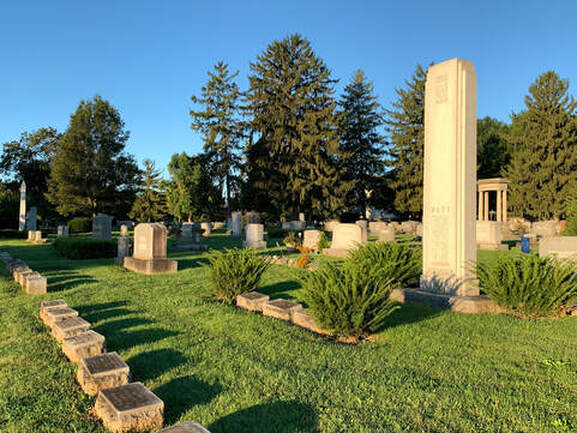
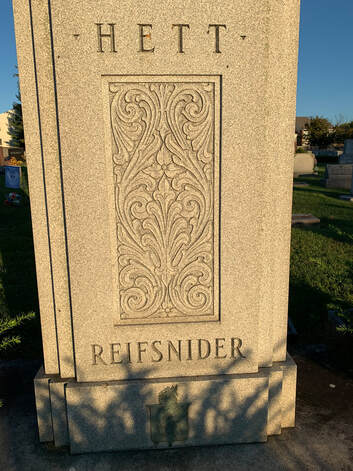
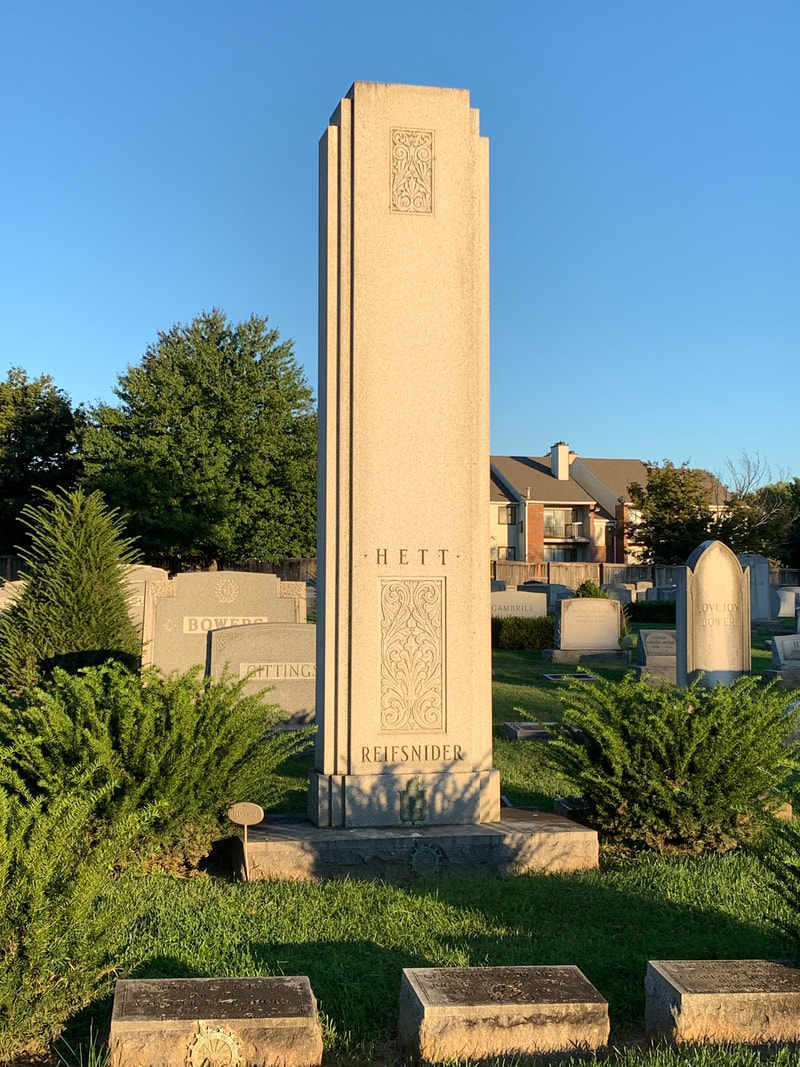
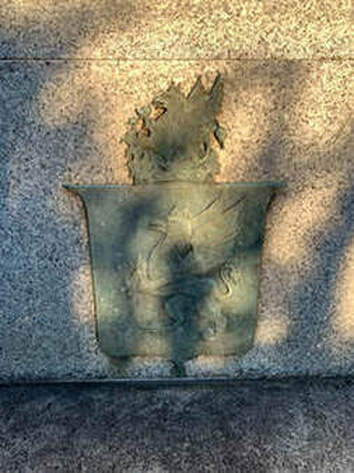
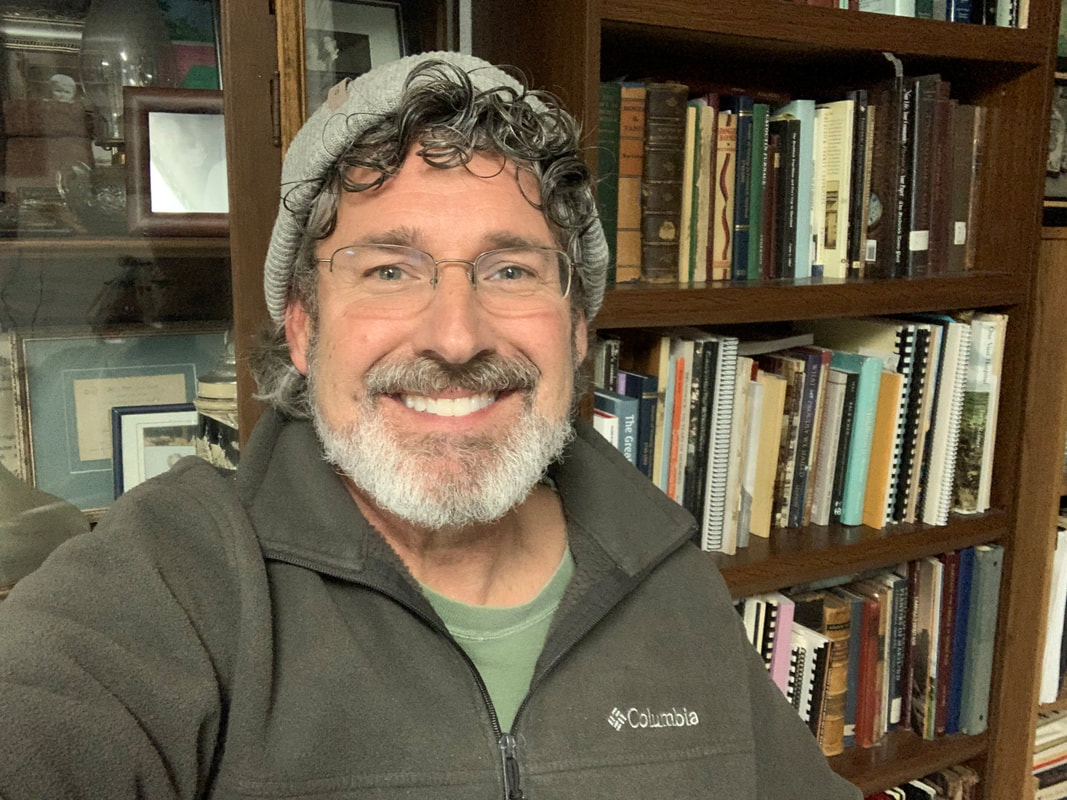
 RSS Feed
RSS Feed